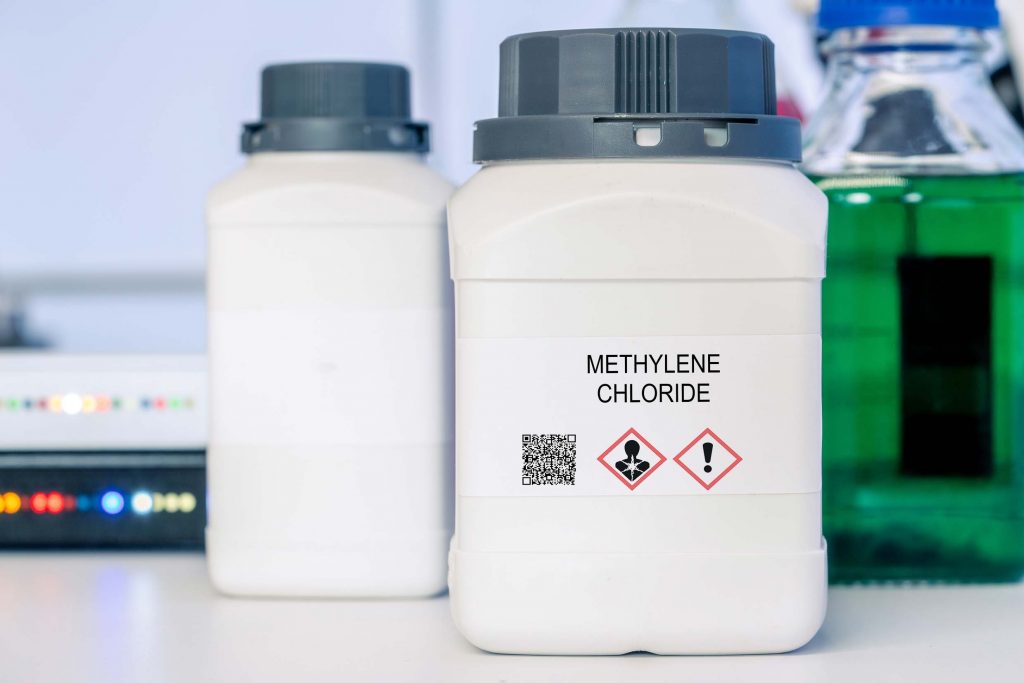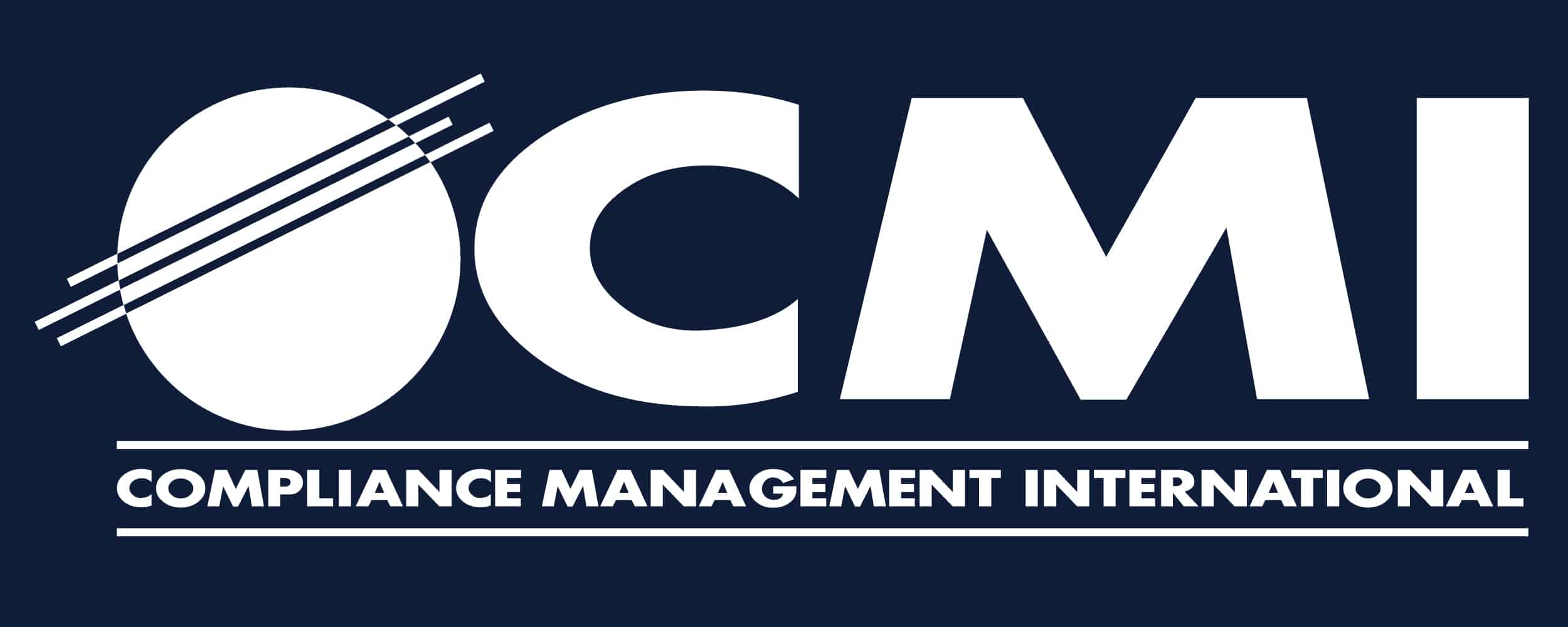
The U.S. EPA has announced proposed rules that would ban most commercials uses of the chlorinated solvents trichloroethylene (TCE) and methylene chloride. These rules are intended to protect against potentially severe impacts to human health and the environment associated with the use of these chemicals.
While most commercial uses of these chemicals will be phased out within a short period of time, a longer transition period will be permitted for certain limited uses. In workplaces where TCE and methylene chloride will continue to be used, the EPA will impose enhanced workplace chemical protection requirements. This includes the adoption of new Existing Chemical Exposure Limits (ECELs) which are much lower than the existing OSHA Permissible Exposure Limits (PELs). The new ECELs will require increased workplace exposure monitoring and controls for employers who continue to use TCE and methylene chloride during the transition periods. Refer to the table below for a comparison of the ECELs and PELs:
TCE and Methylene Chloride: Comparison of EPA ECELs and OSHA PELs
| Chemical | Existing OSHA PELs | Proposed EPA ECELs |
| Trichloroethylene (TCE) | 100 ppm (TWA) | 0.004 ppm (TWA) |
| Methylene Chloride | 25 ppm (TWA)
125 ppm (STEL) |
2 ppm (TWA)
16 ppm (STEL) |
ppm = Parts per million
TWA = 8-Hour Time-Weighted Average
STEL = 15-Minute Short-Term Exposure Limit
What are the next steps for workplaces that use TCE or methylene chloride?
- First, it is important to understand where these chemicals are being used and how they are being handled. This includes evaluating chemical inventories, safety data sheets (SDSs) and labels for chemicals used in the workplace. In some cases, it may be possible to eliminate their use altogether, or find less hazardous chemicals that can be directly substituted. This can be the most effective way to reduce chemical risks and avoid additional regulatory requirements.
- Keep in mind that any chemical additions/substitutions/deletions will require an update to the chemical inventory list to assure compliance with OSHA Hazard Communication requirements, as well as reviews/updates to any necessary environmental reports (e.g., EPCRA Tier II or Toxics Release Inventory). Any new chemicals introduced into the workplace will also need to be evaluated to ensure that proper workplace controls are in place and that employees are appropriately trained on the chemical hazards.
- For workplaces that will continue to use TCE or methylene chloride during the transition periods, exposure monitoring (air sampling) is needed to document the exposure concentrations relative to the existing OSHA PELs and the proposed EPA ECELs. It is also important to perform workplace risk assessments of the chemical handling practices and ensure that workplace controls are adequate for reducing exposure risks.
CMI has supported thousands of organizations in protecting workers and reducing regulatory non-compliance risks associated with the use of hazardous chemicals, including TCE and methylene chloride. Our EHS professionals and Industrial Hygienists are always available for a complementary consultation on how these proposed regulations may impact your organization.
Written by: Todd Allshouse, CIH, CSP
